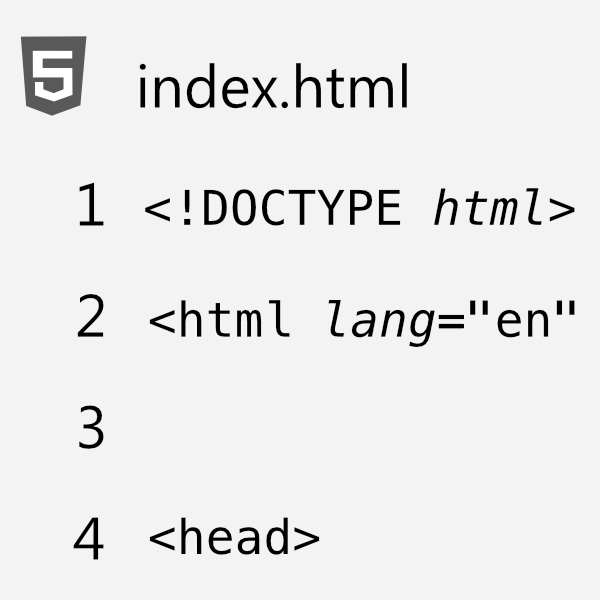How does accessibility benefit your website?
Accessibility is about making your website as welcoming as possible for as many users as possible. Not all of your visitors will have perfect vision, perfect hearing, or have full control over their hands to type or operate a mouse. Accessibility gives visitors choice and control over how they interact with your website - with a mouse, a keyboard, a screen reader, etc.
What accessibility doesn't mean is that you have to sacrifice in terms of the look and feel of your website. In fact, many accessibility improvements result in a better design, that benefits all users.
You'll find some examples below of how accessibility can make your website more user-friendly, for all visitors. These are just a few examples and only some of the benefits accessibility brings.
If you would like some more information on accessibility or have any questions about implementing it on your website contact us here.
Content that's easy to see and hear
Zooming in
Users can zoom in without losing functionality or readability.
Nothing overlaps or disappears and they don't have to scroll horizontally when reading.
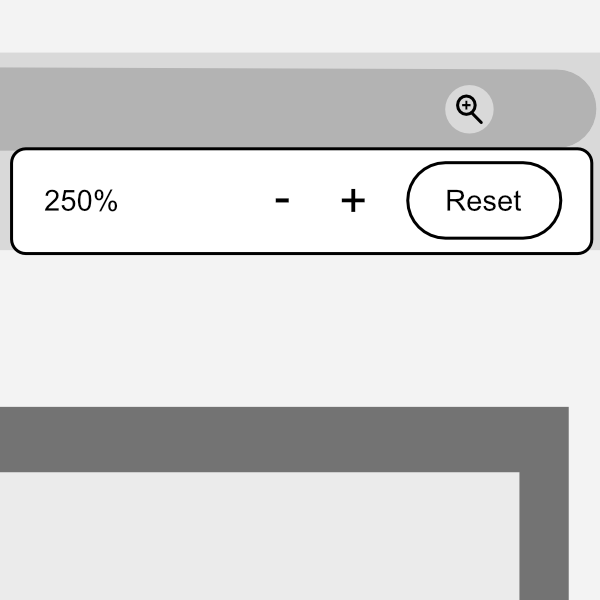
Dynamic changes
Dynamic changes, like error messages, are announced for those who can't see the screen.
Errors aren't indicated only with colour, but also with form, so colourblind users get the same information.
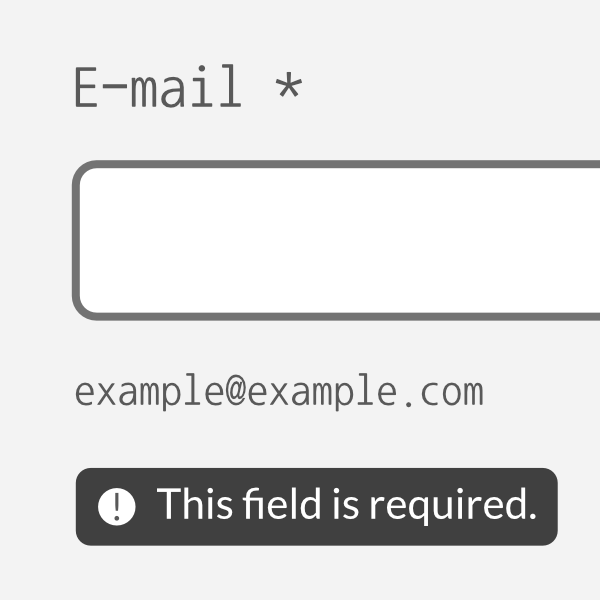
A website everyone can navigate and use in a way that suits them.
Navigating with a keyboard
Keyboard-only users can clearly see where they are on the page and what they can interact with.
Outlines and other visual indicators are clearly visible with sufficient contrast.

Navigating with a mouse
Mouse users can clearly see what is interactive when they hover, like buttons and links.
Click targets are big enough so users can easily identify and click them, even on smaller devices when using touch.
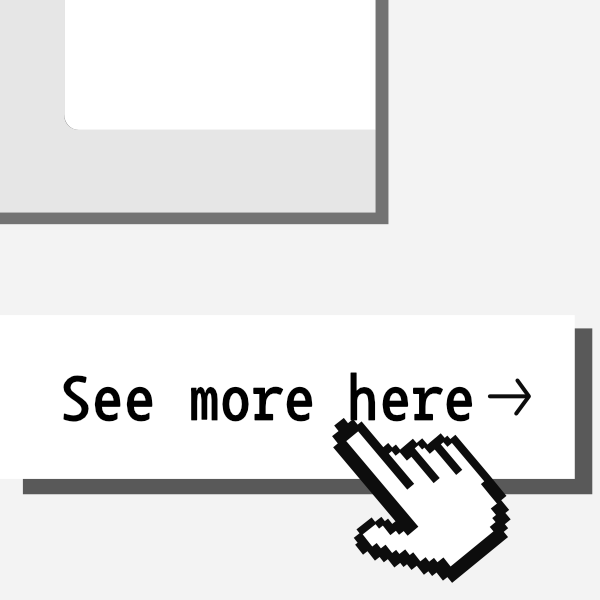
Navigating with a screen reader
Screen reader users always know where they are and what they can do there. They can navigate how they prefer, by headings, landmarks, tabbing, or using arrow keys.
Interactive elements, like links and buttons, have clear useful names so screen reader users know what they are and what will happen if they use them.
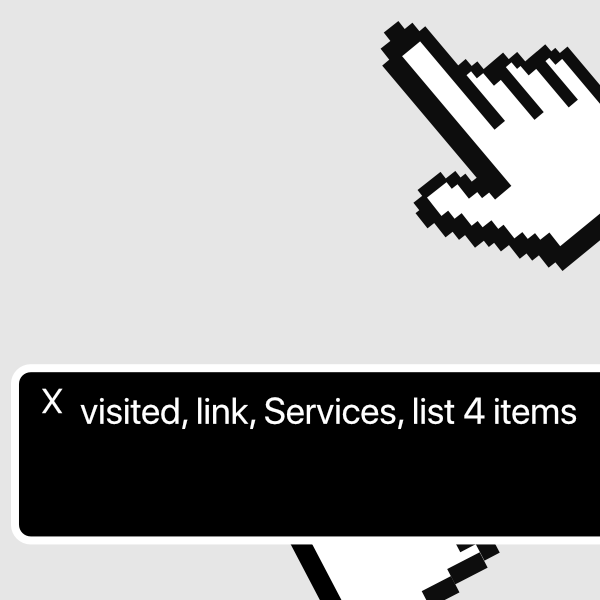
Navigating with voice recognition
Voice recognition users can easily move around and use buttons, links, and forms.
Proper accessible names mean simple commands like "Click Menu" work perfectly.
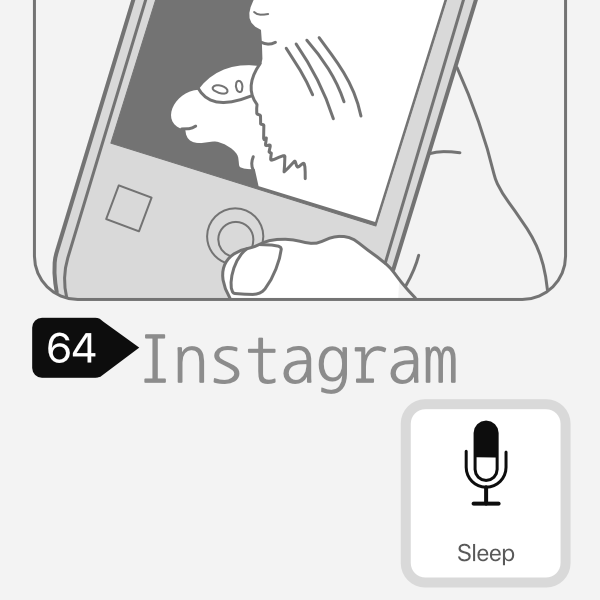
Content that works across different devices.
People will visit your site on a wide variety of devices, from phones to tablets to desktop computers, and many other smart devices.
Robust underlying code means a great experience for visitors on any device, including assistive technology.
